One the most asked questions in amateur astronomy is "How do I choose a good first telescope?" This is not as simple to answer as it sounds as there are many expectations of what a telescope can do and there are some very important requirements to consider, such as price, size, weight, versatility, and aperture.
In this article we will focus strictly on aperture. Telescope image performance relies on how large the diameter of the optics are. Described as "telescope aperture", bigger is better. With more aperture you can view more stars, more nebulae, and more galaxies. Of course many of you who are new to astronomy may not have the opportunity to look at the same object with many different telescopes. So I have attempted to give you an example.
Let's break it down using the bright nebula M42. The Great Orion Nebula is one of the most popular objects for amateur astronomers at 1344 light years away. This nebula was discovered by Nicolas-Claude Fabri de Peiresc on November 26th, 1610, but it may have been known since the time of the Mayan civilization. It is today one of the most studied nebula by researchers and amateurs alike, because we have learned that the Orion Nebula is the nearest star-forming region to Earth, not to mention it is spectacular to look at through the eyepiece.
My first experience in astronomy was with my 40mm refractor when I was only 10 years old. I did not know how to find the Orion Nebula, but if I did I would have seen a tight concentration of stars, probably with no noticeable nebulosity. My view would have been similar to Galileo's observation of the bright stellar object Theta 1 Orionis, which is part of the famous "Trapezium" feature in the heart of M42.
The bright core of this amazing nebula can be visually observed with binoculars and telescopes as small as 50mm in aperture from clear, dark skies. However, with larger aperture more stars and nebulosity are revealed.

These simulated images prepared by Scott Roberts of M42 started as real images taken at the apertures listed. The images were then compared to actual visual views in rural skies with the same apertures and simultaneously image processed to approximate what was actually seen. Your experience may vary depending on your sky conditions, magnification used, and your own visual acuity.
Through the eyepiece of a telescope, the Orion Nebula can appear as a concentration of stars with a blue-gray cloud pouring out of it. It doesn't appear as an intensely colored nebula as we see in astrophotographs. But with more aperture, the cloud appears with greater brightness and detail, and of course more stars can be detected, and sometimes with excellent conditions, good eyesight, and enough aperture, subtle colors can be seen in bright nebulae such as M42.
Telescopes are time machines that take us further back into time as the aperture of the telescope is increased. What is amazing is that the original photons created in the stars that illuminate this nebula have travelled over a thousand years to strike the retina of your eye... Put in another way, this is real contact with the stars, and we are seeing the stars and the nebula as they were over a thousand years ago. This live visual contact with your own eyes with real photons of light is something that no photograph can ever reproduce. Think about this the next time you look up at the stars.
My advice in conclusion: If you are choosing your first telescope by aperture and you wish to primarily explore the universe with your own eyes, then I suggest that you buy the biggest aperture telescope that you are willing to transport to a dark sky site, that is within the budget that you can allow. Generally speaking, this should give you the greatest visual satisfaction in astronomy for your investment.

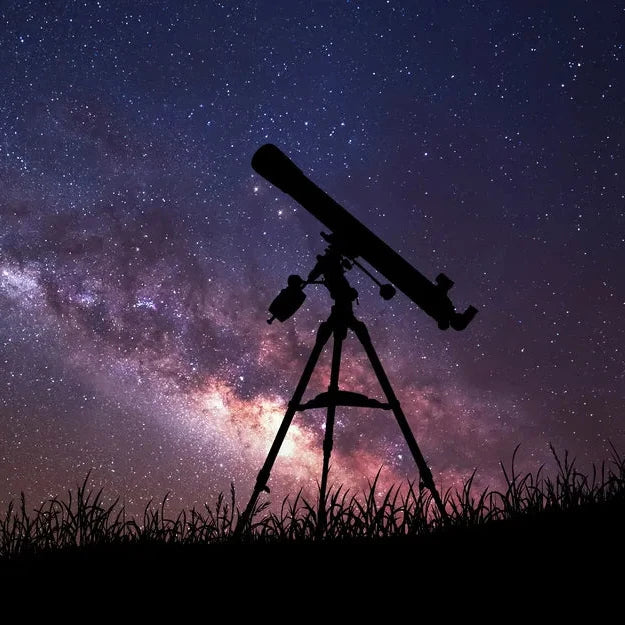

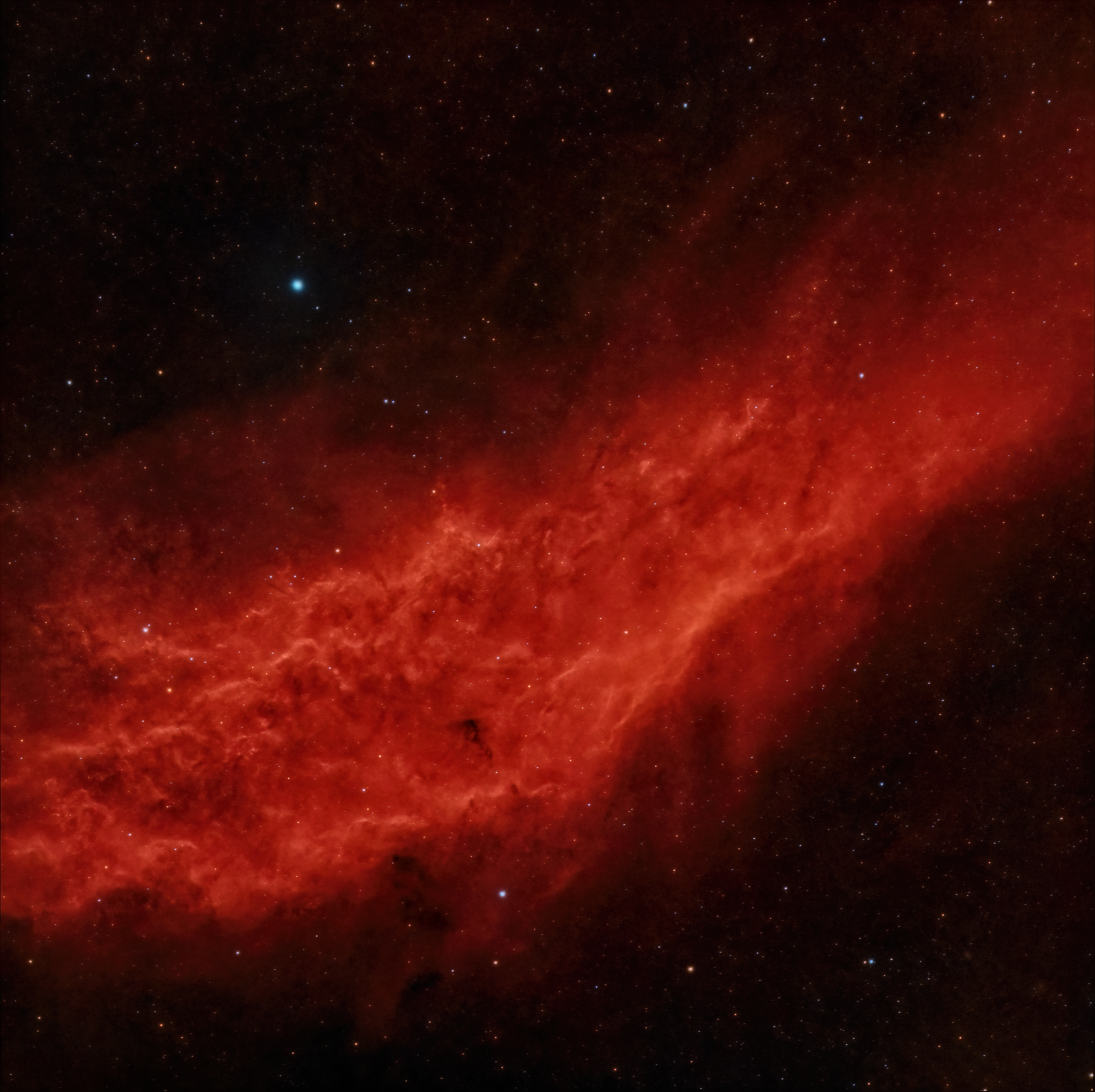



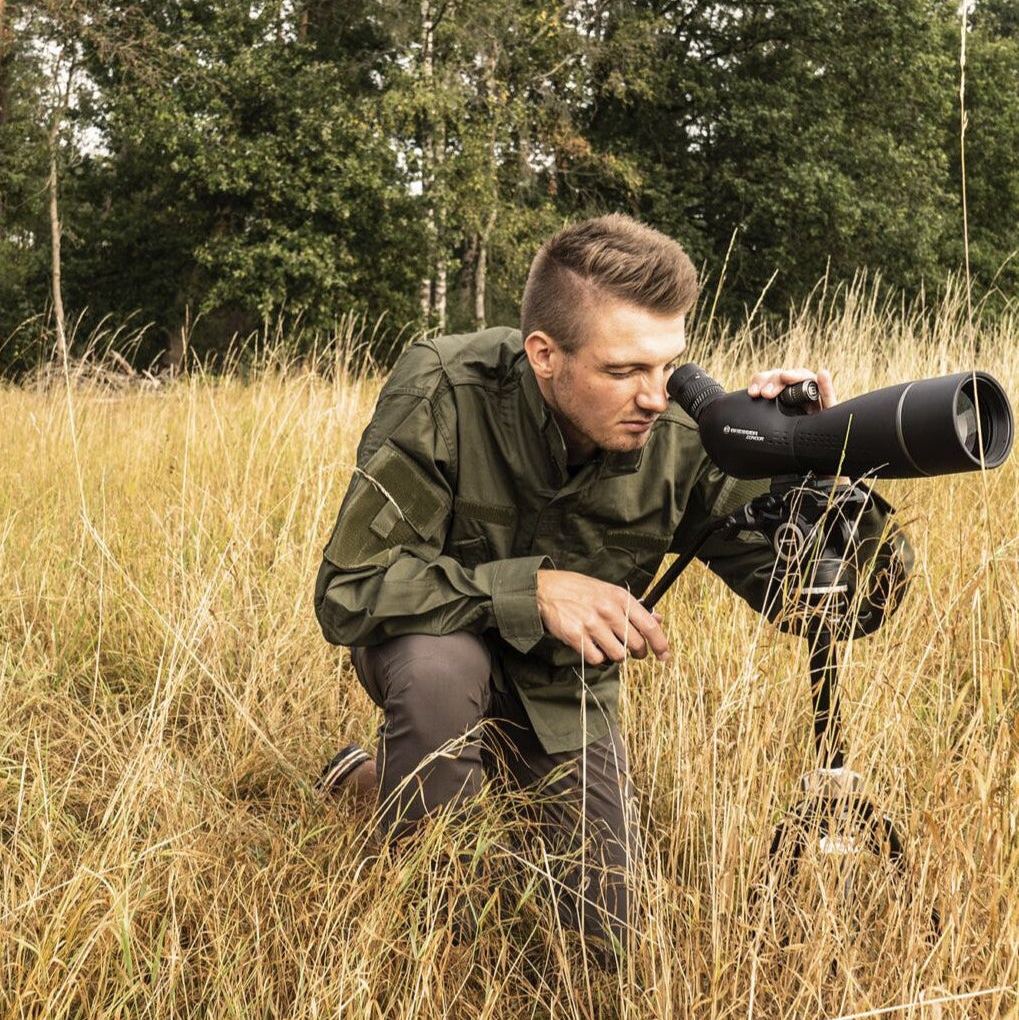
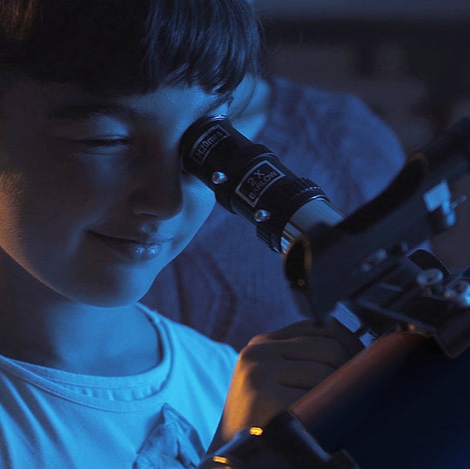

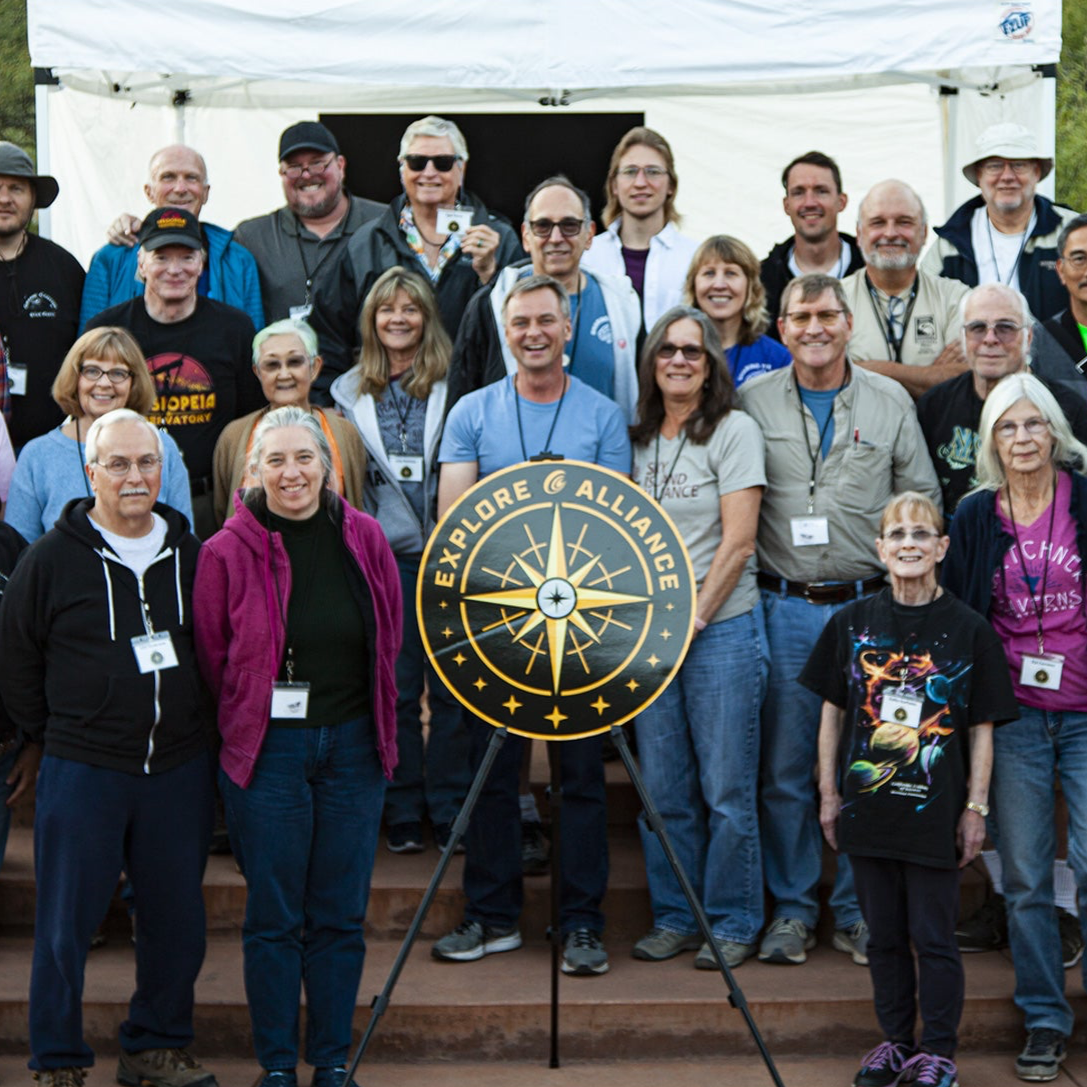
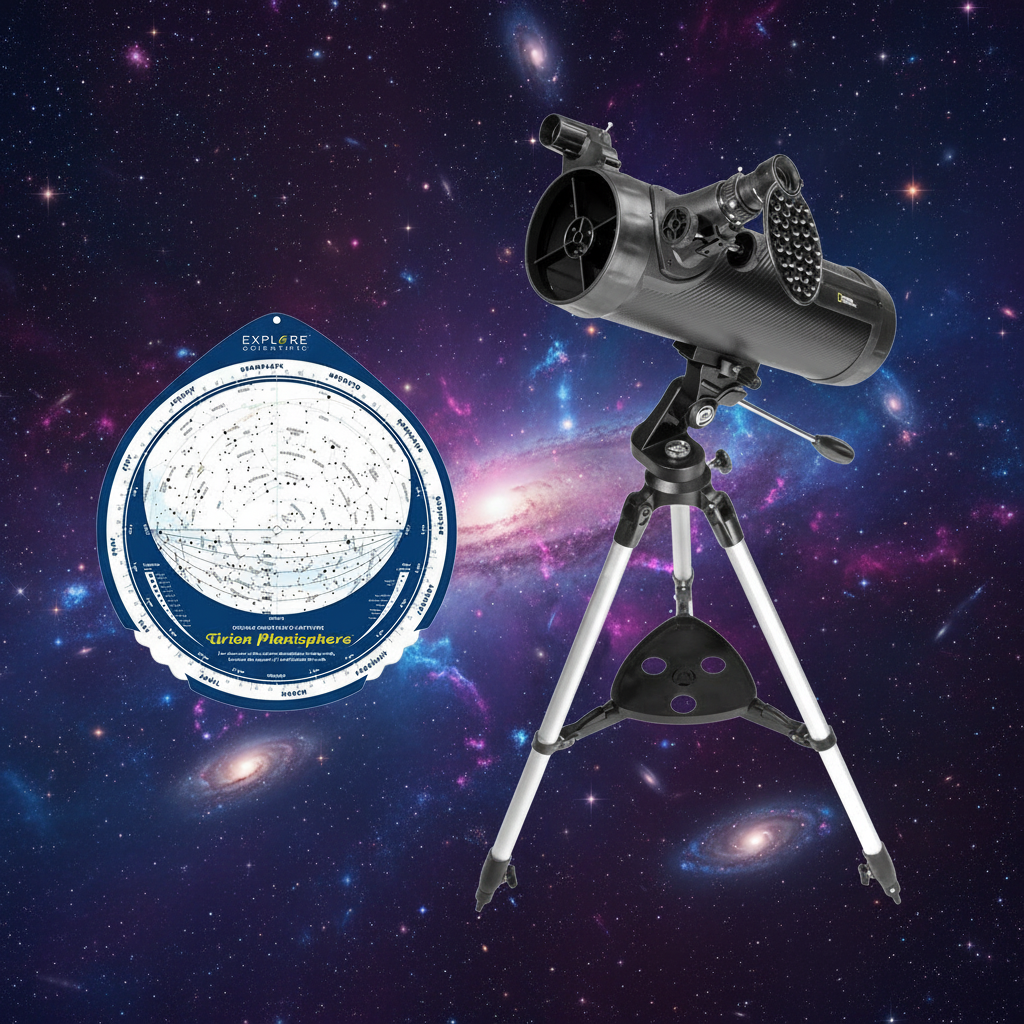
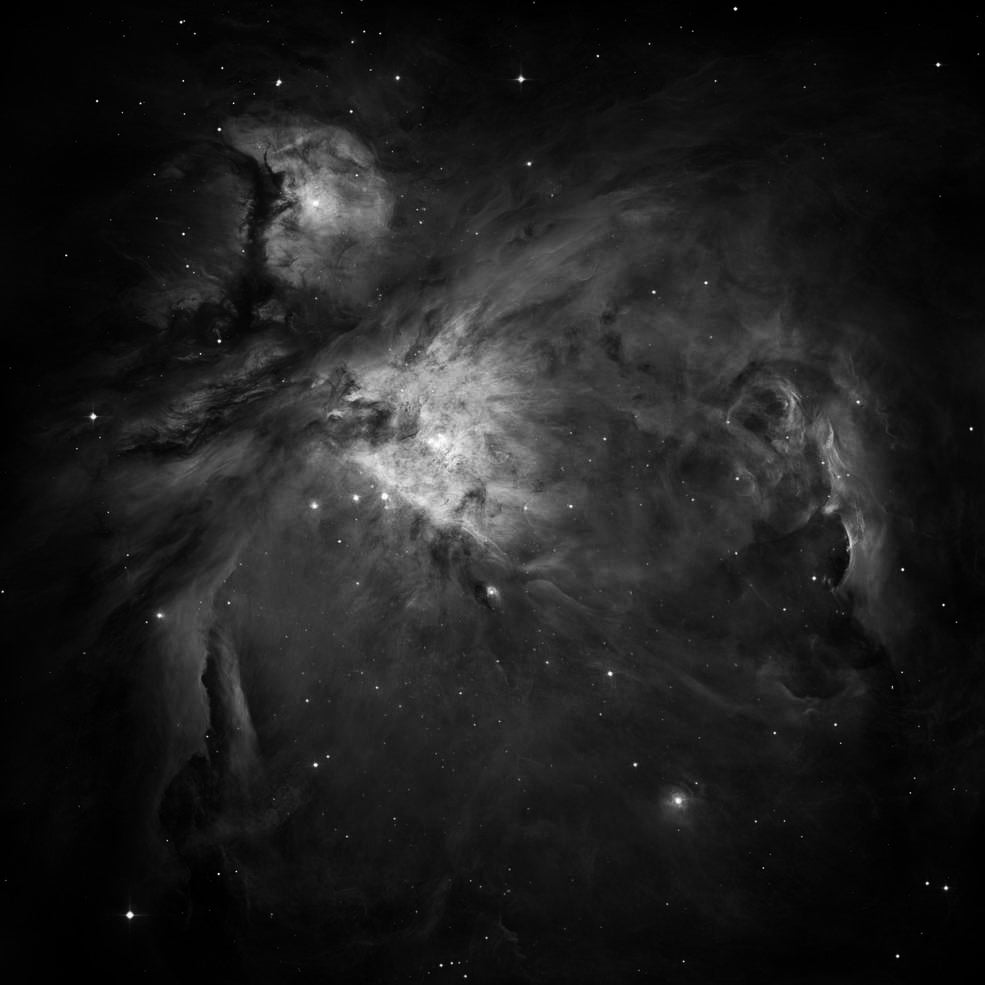


Leave a comment
All comments are moderated before being published.
This site is protected by hCaptcha and the hCaptcha Privacy Policy and Terms of Service apply.